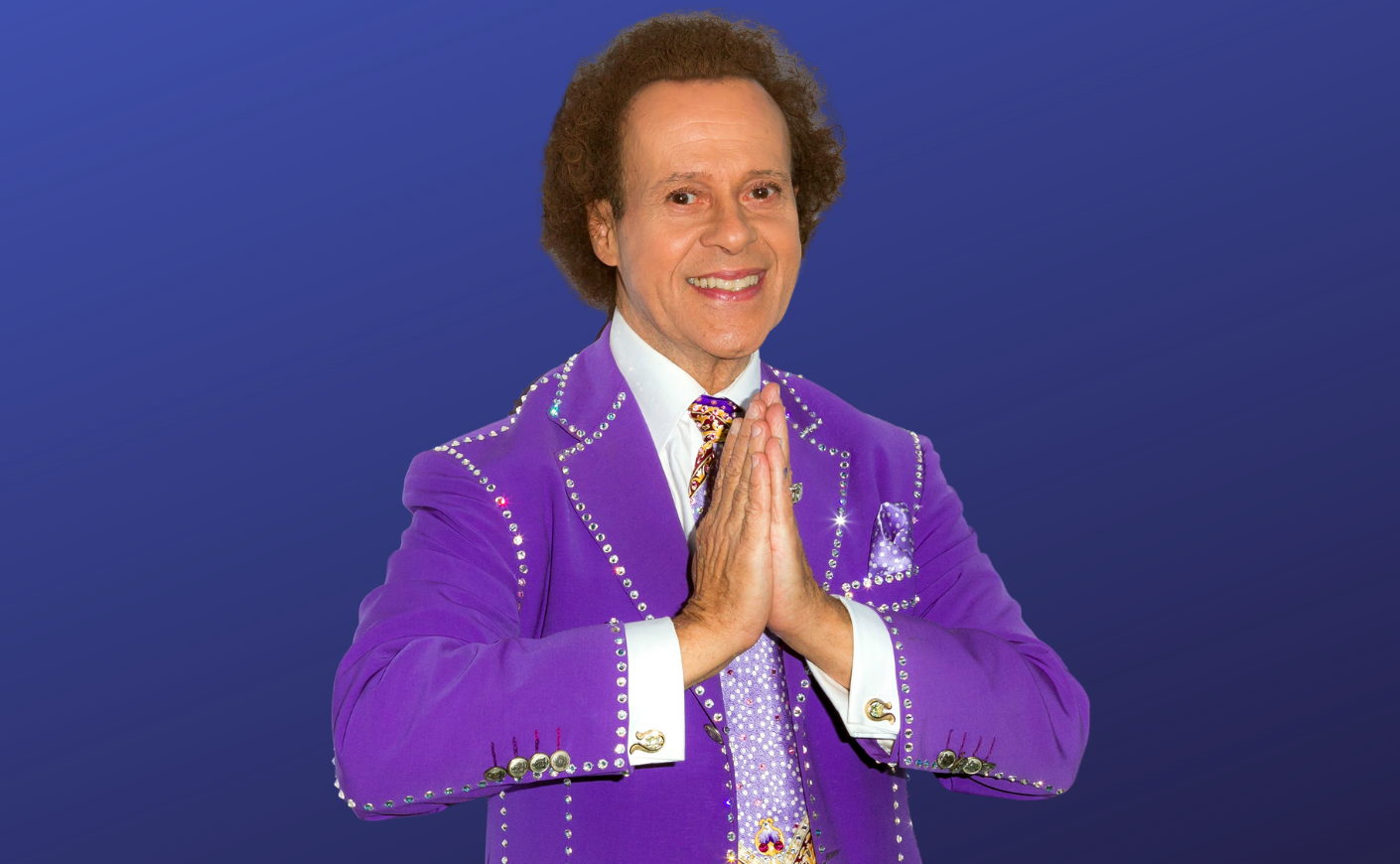“Mirror mirror on the wall, what’s that blemish which is so small?”
Fitness icon Richard Simmons is opening up about his experience being diagnosed with skin cancer.
The 75-year-old exercise guru, whose energetic workout instruction made him a fixture in the public eye decades ago, shared the story with fans in a lengthy two-part post on his Facebook profile. The tale initially provoked a strong reaction online from those who assumed Simmons meant the diagnosis had happened recently, but he later clarified that he was sharing an old story in this post on X:
But even if his diagnosis isn’t recent, skin cancer is no joke. In the last few months alone, we’ve reported on celebrities like Christie Brinkley and Sarah Ferguson sharing their own experiences with the disease, and Jimmy Buffett died last year from skin cancer. So because more education is always better, we’ve got the details on what happened with Simmons, his message for his followers, and what you should know about the disease that afflicted him.
So, does Richard Simmons have skin cancer?
In the first part of his post, Simmons explained how he first discovered a small “blemish” on his face that persisted despite attempts to treat it.
“Mirror mirror on the wall, what’s that blemish which is so small? There was this strange looking bump under my right eye,” Simmons wrote. “I had a tube of Neosporin, which I would put on in the morning and the evening…it was still there. It was time to call my dermatologist.”
Simmons described being “nervous” as his doctor ran tests, including scraping the troublesome spot on his skin and examining the sample under a microscope.
“[The doctor] comes back about 20 minutes later and says the C word. ‘You have cancer,'” Simmons remembered. “I asked him what kind of cancer and he said [Basal] Cell Carcinoma. I told him to stop calling me dirty names. He laughed.”
Simmons’s signature humor is apparent throughout the story, but it’s clear he felt all the natural fear that one would expect to experience in a confrontation with cancer. He mentioned being “shocked” by the various types of the disease he saw among fellow patients in the waiting room, and he’s transparent about the discomfort that came with addressing the issue.
“[The doctor] explained that he has to burn my skin to remove the cancer cells. There was no numbing, it just had to be done with a small instrument,” Simmons wrote. “As he started burning my skin, a tear dropped down my cheek. You can’t cry during this, [so] he wiped my tear. The burning really hurt my skin. It lasted about 30 minutes.”
In the second part of his post, Simmons explained that unfortunately, this first round of treatment didn’t catch all of the cancerous cells, so he had to undergo the procedure two more times before getting the all-clear. Then he spent another 45 minutes getting stitched up — and Simmons said that, because he “religiously” applied the cream supplied by his doctor, he’s been left without a scar in the spot where his blemish once existed.
Simmons added that his cancer experience was “nothing compared to some people that I knew,” citing examples of his loved ones, including friends and students, who have battled the disease. He signed off with a word of warning for all of his followers: “I know some of you reading this have had cancer or have known someone in your life who has had cancer. Promise me you will see your doctor and get a complete check-up.”
Does Richard Simmons have other health issues?
This announcement of Simmons’s cancer comes just after he’d made headlines for another social media post that initially raised concerns about this health — but ultimately seemed to be a false alarm.
“I have some news to tell you. Please don’t be sad. I am…dying,” Simmons wrote on Facebook on March 18. “Oh I can see your faces now. The truth is we all are dying. Every day we live we are getting closer to our death.”
These words set off questions online about why Simmons was dying, but he later clarified that he was speaking existentially (hence his comment that “we are all dying”), and that his point was more about embracing the present.
Though he’s been famous since the 1980s, Simmons returned to the public consciousness amid controversy with the 2017 release of the podcast Missing Richard Simmons, which focused on his sudden retirement from public life and raised questions about his wellbeing. At the time, a representative for Simmons dismissed the show’s concerns, saying it was trafficking in rumors that Simmons had “responded [to] and refuted all along” and adding that the series was “hurtful” for Simmons personally.
What is basal cell carcinoma?
Basal cell carcinoma, which Simmons was diagnosed with, is described as “the most common skin cancer” by the Skin Cancer Foundation, and nearly 4 million Americans are diagnosed each year. (All the more reason to take your protection from the sun’s rays very seriously.)
The cancer can be most commonly spotted via one or more of these five warning signs: an open sore that continues bleeding or crusting without healing; a reddish or irritated area on the skin; a shiny bump or nodule on the skin; a small, slightly raised pink growth; or a scar-like area that looks white or yellow. You can see examples of these signs right here.
The prognosis is generally good for patients who detect the basal cell carcinoma early. Treatments run the gamut from topical medication to oral medication to surgery in some cases. That early detection is especially important (as is the case for most cancers). “Prompt treatment is vital, because as the tumor grows, it becomes more dangerous and potentially disfiguring, requiring more extensive treatment,” the Skin Cancer Foundation advises. “Certain rare, aggressive forms can be fatal if not treated promptly.”








